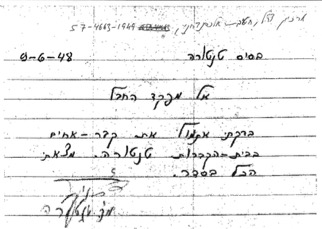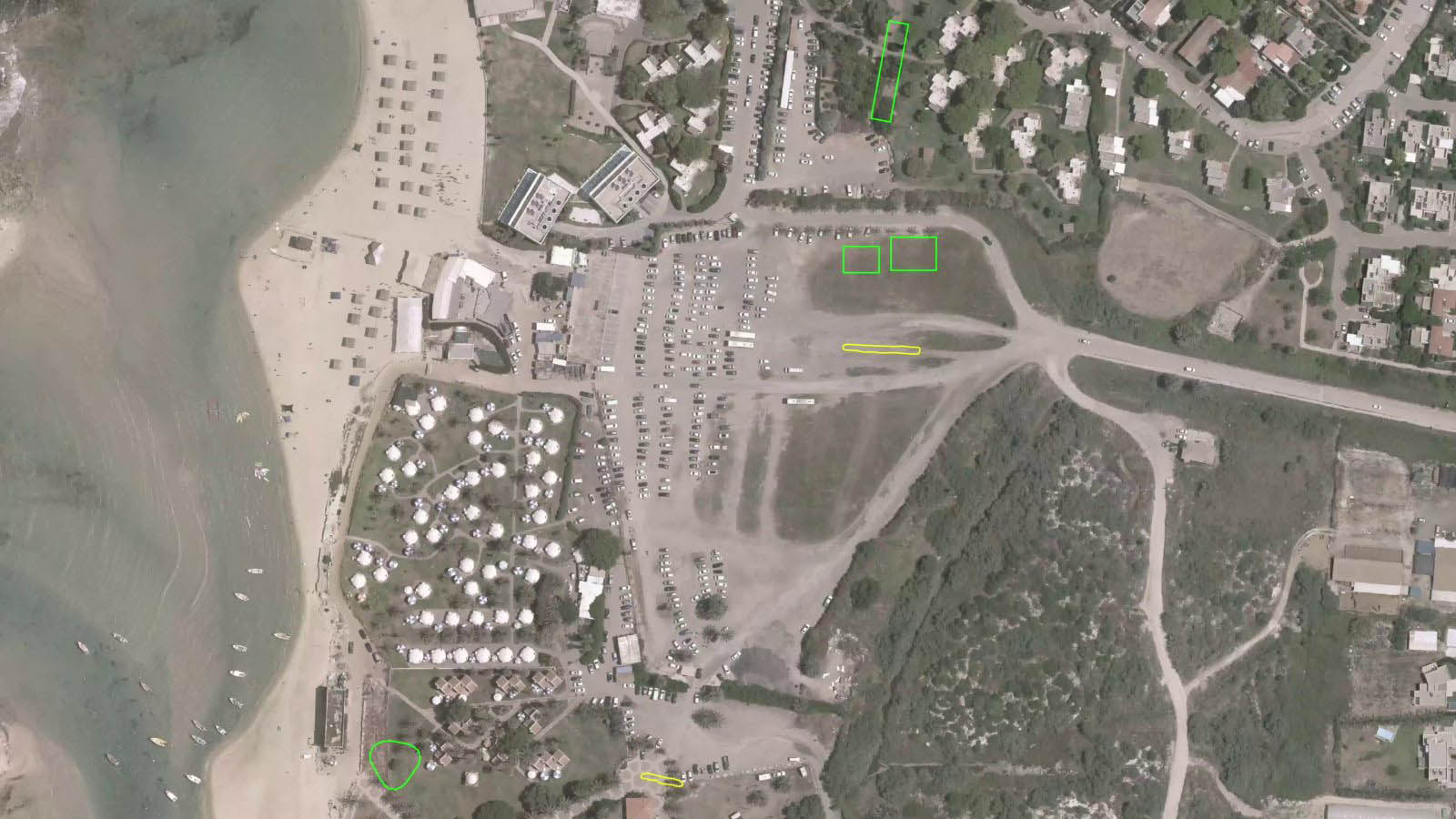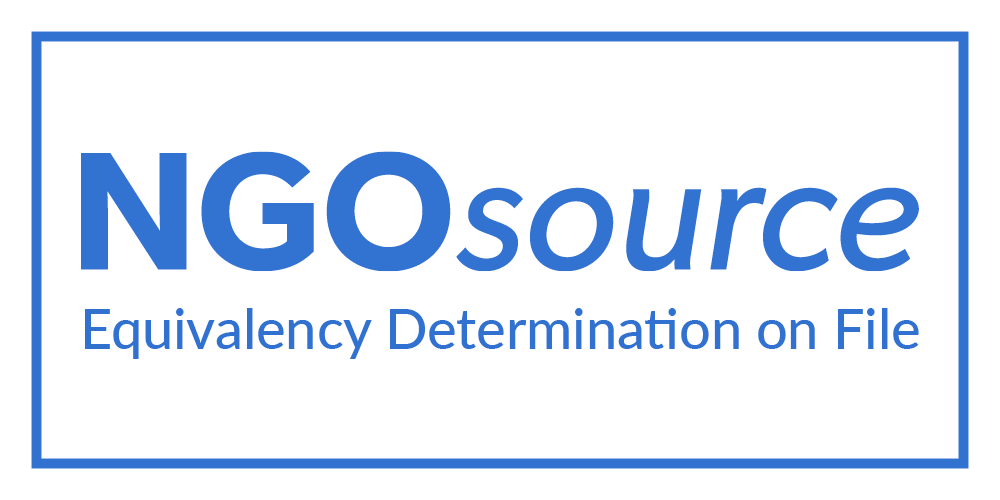Uprooted Palestinians Demand to End Desecration of Mass Graves in the Destroyed Village of Tantura, Site of 1948 Massacre

Adalah - The Legal Center for Arab Minority Rights, sent a letter on behalf of 11 displaced residents of the uprooted and destroyed Palestinian village of Tantura and the Tantura Committee, demanding immediate action to mark, fence, and install signage at the mass graves and cemeteries of Tantura, whose villagers were brutally massacred and displaced in 1948.
The letter was sent on 24 May 2023, to the Israeli Attorney General Gali Baharav-Miara, the Israel Land Administration, the Interior Ministry, the Head of the Hof HaCarmel Regional Council, and the committees of the Jewish villages Dor and Nahsholim. The letter, sent by Adalah’s Legal Director Dr. Suhad Bishara, is based on the precise location of four mass graves and the village's cemeteries. These locations were determined through comprehensive research conducted by Forensic Architecture (FA), a research agency based at Goldsmiths, University of London.
CLICK HERE to read Adalah’s letter [Hebrew]
CLICK HERE to read Forensic Architecture’s report [English]
Historical background:
Tantura, a Palestinian fishing village located along the Mediterranean coast west of the village of Fureidis, was attacked and occupied by the Alexandroni Brigade of the Haganah during the night of May 22-23, 1948. Before its occupation, the village had a population of approximately 1,500 residents, most of whom relied on agriculture and fishing for their livelihoods.
According to the testimonies of the Palestinian survivors of Tantura, testimonies of veterans of the Alexandroni Brigade, as well as official documents from the Israeli army archives, a systematic massacre of disarmed fighters and civilians was conducted by the Israeli forces and intelligence units in the hours after the village was occupied. It is estimated that about 280 people were killed, the majority of whom were men.
According to testimonies and documents, the bodies of Palestinian civilians and fighters massacred were buried in graves dug in several locations in and near the village. Approximately 1,200 villagers survivors were forcibly displaced from their village and homes, becoming refugees. Some were expelled to the nearby village of Fureidis, while others sought shelter in neighboring Arab countries.

A brief report from the Alexandroni brigade to a higher command about two and a half weeks after the Tantura was occupied, found in the Israeli military archives. This document and others concerning Tantura, are available on the website of the Akevot Institute.
Forensic Architecture’s research
During the past year, Forensic Architecture (FA), a research agency, investigating human rights violations, conducted a comprehensive investigation, commissioned by Adalah, to locate and outline the mass graves and the original village cemeteries. Using archival maps, photographs and videos (including previous documentary films about the fall of Tantura), aerial photographs and satellite images, village surveys, memory sketches drawn by former residents of Tantura living in exile, an original survey of the village’s remaining buildings, and a ‘situated testimony’ interview with a living survivor of Tantura, FA created a model of Tantura—reconstructing a place long since wiped from the contemporary landscape. The model reveals two key sites, which are very likely mass graves from the time of the village’s occupation—one previously unidentified.
FA’s findings were incorporated in a platform that hosts a navigable 3D reconstruction of the village of Tantura prior to its occupation and subsequent destruction, within which archival sources are geolocated.
CLICK HERE to access the platform

The demand from the Israeli Authorities
In a letter sent by Adalah to the relevant Israeli authorities, the research findings are presented, which include precise locations of burial sites currently occupied by a parking lot, a pedestrian walkway in the "Dor Beach" resort village, and other open areas. The mass graves and the cemeteries are neglected and are not properly maintained, depriving the families of the deceased from visiting and paying their respects. In its letter, Adalah emphasizes that the Israeli Supreme Court recognizes the right to dignified burial as an essential aspect of human dignity, thus necessitating the implementation of measures to prevent further desecration of the graves. This situation also profoundly affects public sentiments and constitutes a severe violation of the authorities' duty to safeguard and uphold the sanctity of religious sites, of all religions, including cemeteries. The Or Commission of Inquiry, which investigated the October 2000 killings, also voiced significant criticism of governmental institutions for their negligence in handling sacred sites belonging to various religious Palestinian communities in Israel. Adalah further emphasized that international human rights law imposes an obligation to mark graves and requires the dignified treatments of the body in death.
Sami al-Ali, a member of the Tantura Committee commented:
The Tantura Committee is leading a just and humanitarian struggle with the aim of preserving the memory of the victims of the heinous massacre, as well as honoring the village and the displaced and refugee population of Tantura. The investigation is a groundbreaking milestone in the history of the Palestinian people and their national struggle.
The investigation is added to a series of testimonies, documents, research, and films that verify the credibility of the Palestinian narrative and the cases of the massacre. The practical step we have taken aims to uncover and precisely outline the boundaries of the mass graves, allowing the displaced families to remember and preserve the graves, delineate them, and commemorate the memory of their loved ones, and to enable them to bury their dear ones, who are victims of the crime, according to Islamic law.













